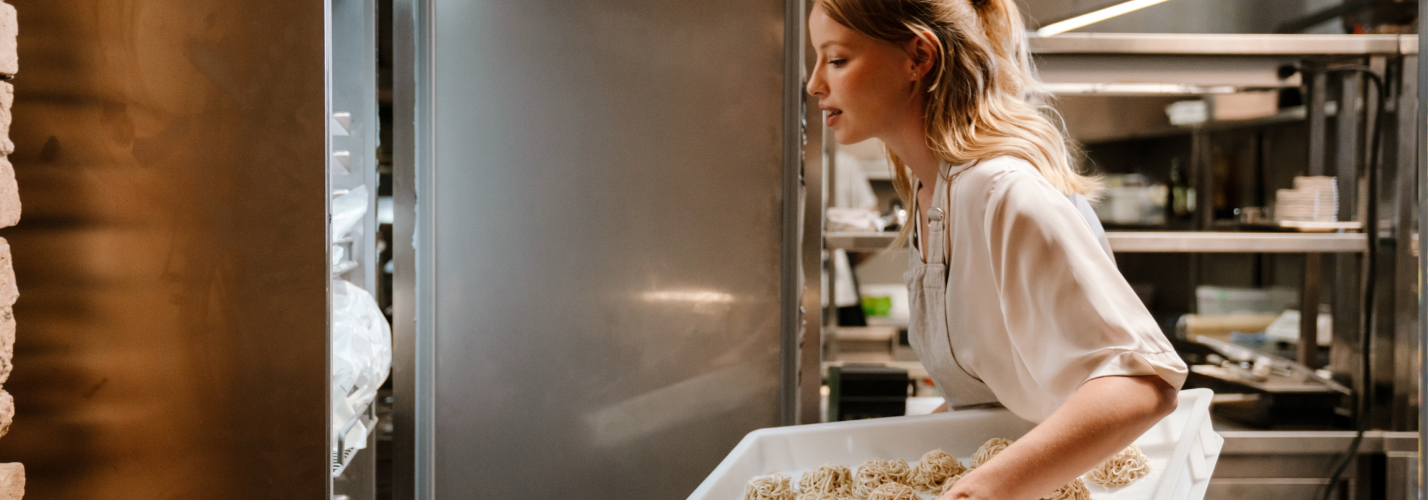At its core, temperature monitoring ensures that food remains within safe temperature ranges throughout its lifecycle in the restaurant.
This includes stages such as receiving deliveries, storing perishables, preparing meals, and serving customers.
By monitoring and maintaining the correct temperatures for storage, preparation, and service of food within the restaurant these risks are minimised keeping customers safe, the kitchen efficient, and the business thriving.
Regulations mandate regular monitoring of both hot and cold food temperatures and the upkeep of detailed temperature logs. This typically involves manual checks twice daily, meticulously documenting temperatures.
The rise of digital tools has transformed the way restaurants approach temperature monitoring. By replacing manual processes with automated solutions, restaurant operators can reassure consumers by:
- Minimize human error
- Save time on routine tasks
- Ensure compliance with ease
- Gain real-time visibility into food safety data
Compliance of hot, ambient and frozen food temperatures is critical for restaurants and for customer safety. TemperatureGenie enables organisations to be proactive with monitoring of environments rather than relying on spot checks or probing schedules. Our system even enables digital recording of manual probe readings where these are taken.
Next up, a wrap up of the key benefits of temperature monitoring in the food supply chain






